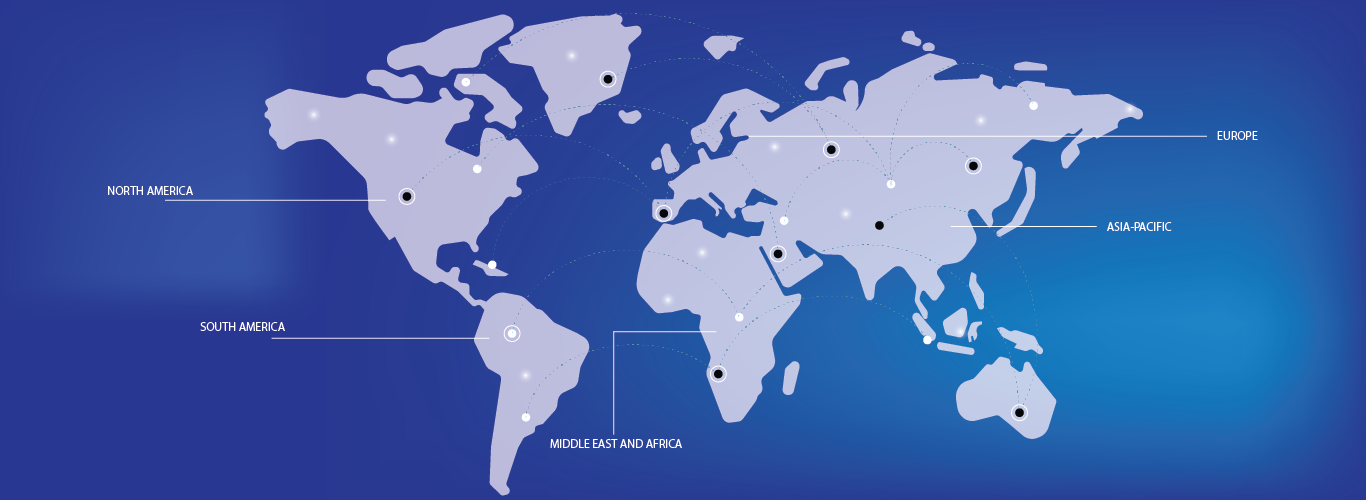The plant-based tuna market is experiencing significant growth driven by the rising demand for sustainable, healthy, and environmentally friendly alternatives to traditional tuna. With increasing awareness of the environmental impact of fishing practices and the growing popularity of plant-based diets, consumers are seeking plant-based protein options that mimic the taste and texture of tuna. Key players in the market are innovating with ingredients such as soy, pea protein, and algae to create plant-based tuna that meets consumer expectations for taste, texture, and nutritional value. Recent developments include partnerships between plant-based food manufacturers and seafood companies to enhance product distribution and availability. The market is further supported by the growing trend of veganism and flexitarian diets, alongside the rise of health-conscious consumers. As innovations in food technology progress, the plant-based tuna market is expected to continue its upward trajectory, expanding its reach in the foodservice and retail sectors globally.




